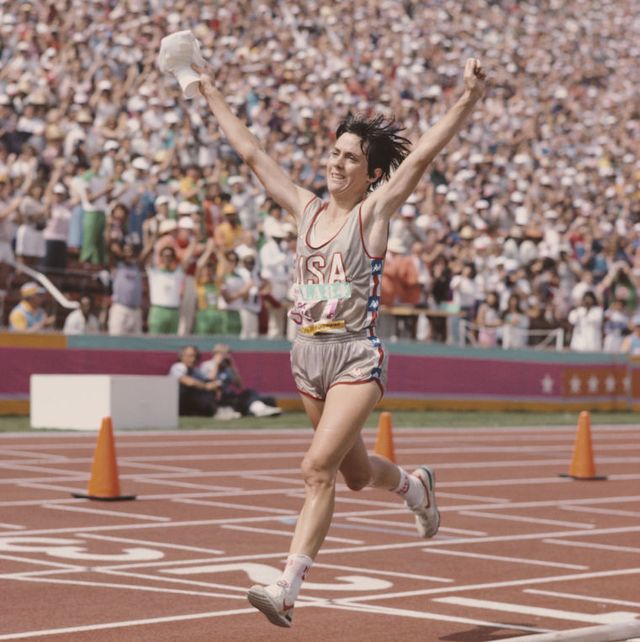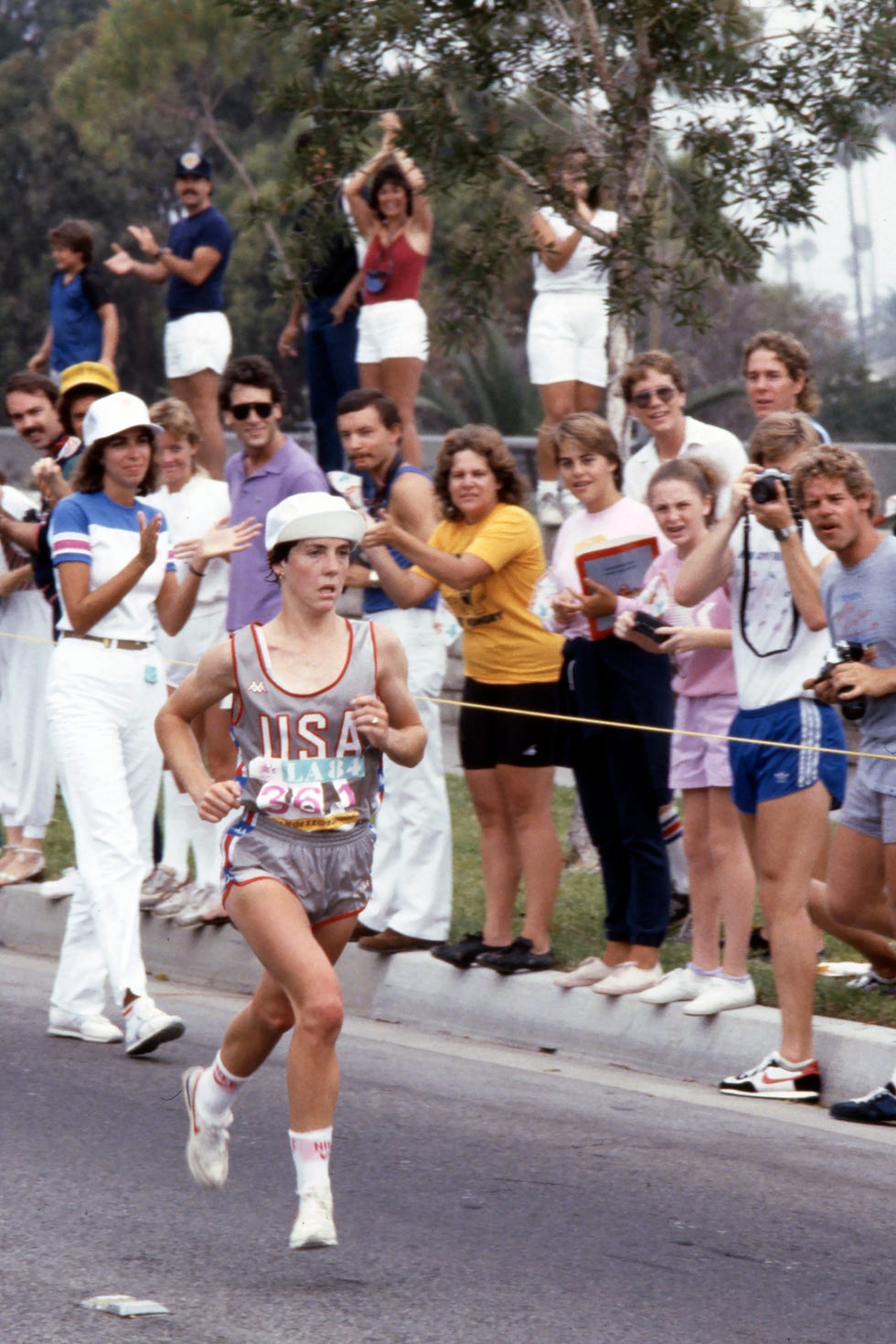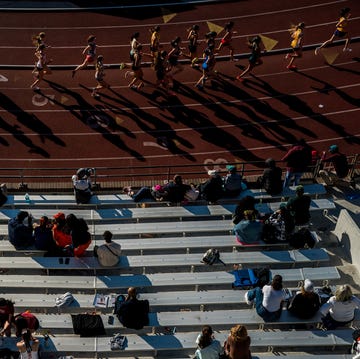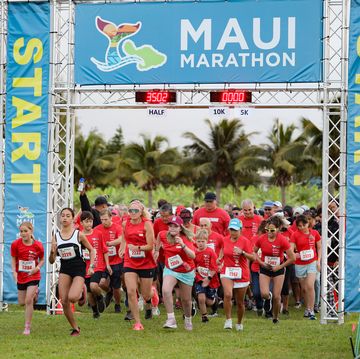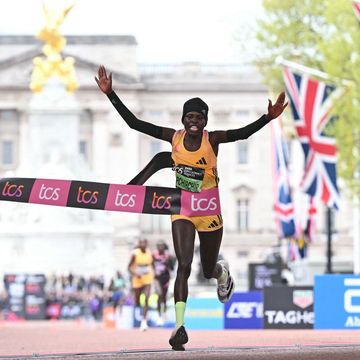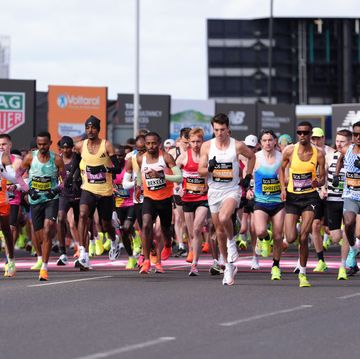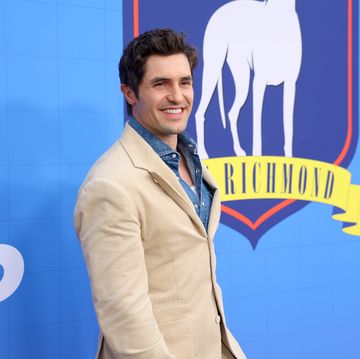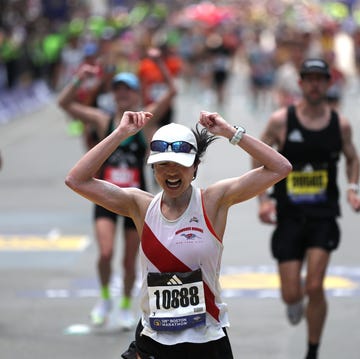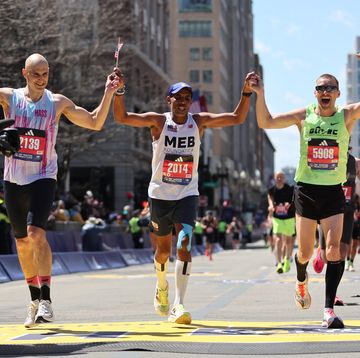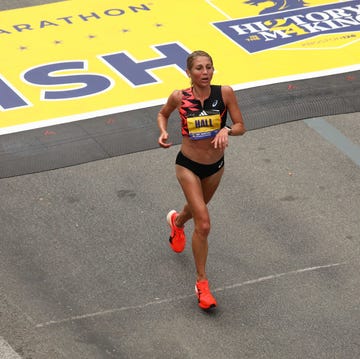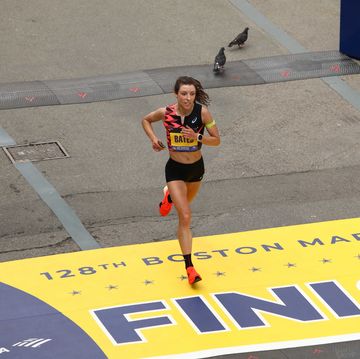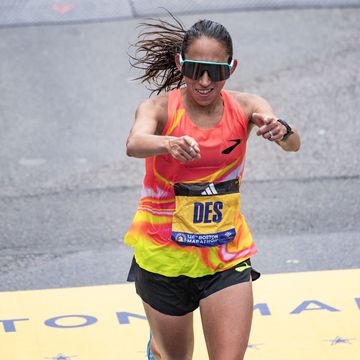On August 5, 1984, a hush fell as the stadium’s giant screens showed the leader of the first women’s Olympic marathon entering the tunnel. For a few seconds. she was invisible to the waiting crowd, and to the world at their televisions. Then she ran out of the dark tunnel on to the track, an unassuming figure in her oversized white cap, but still bouncy, confident, and strong after 26 searing miles. And the crowd roared.
The moment when Joan Benoit Samuelson emerged into the sunlight of the Los Angeles Olympic stadium was the perfect symbol for how far women’s running had come. Even more than a symbol, the message Samuelson gave as she moved from obscurity to acclaim triggered a transformation that 35 years later is still gaining momentum. That was the moment when women's running worldwide moved from the margins to the mainstream.
As with all such key moments in history, it was made seminal by a conjunction of factors: when, what, where, who. On the 35th anniversary of Samuelson’s historic win, we’re looking back on what pushed her to that Olympic finish line, paving a path for so many women after her.
When: By 1984, the pioneering work for women’s running had been done. Since 1970, the world record had been broken 17 times, coming down from 3:02:53 to 2:22:43 (the latter of which Samuelson set when she won Boston in 1983). The United States and other nations had held highly competitive trials for their teams for the first women’s Olympic marathon, scheduled for Los Angeles in 1984. Samuelson, only days after knee surgery, could well have been a casualty of the competitive depth.
[Smash your goals with a Runner’s World Training Plan, designed for any speed and any distance.]
The New York City Marathon started accepting women officially in 1970, while Boston did in 1972. America created the world’s first national women’s marathon championship in 1974. The Avon global circuit of women’s races had developed talent in places where women’s sports were not previously popular—such as Bolivia, Brazil, Hong Kong, Italy, Japan, Mexico, New Zealand and Peru—and runners in these regions would soon flock to Los Angeles for the debut Olympic race.
Before 1984, there were championship races women could enter: Avon had held six global marathon championships since 1977; the 1982 European championships included a women’s marathon; and the 1983 IAAF World Championships also hosted a marathon. But until that year in Los Angeles, women had never raced 26.2 miles as Olympians.
What: When the Los Angeles Olympic Committee agreed to lobby for one (but only one) women’s distance event to be added to the Olympic program, they decided to push not for a track event like the 3,000 meters, but for the marathon.
It sparked a movement. Women worldwide saw women racing not in the elite, inaccessible environment of a stadium track, but on regular city streets, passing stores and gas stations, schools and churches—all scenery that was familiar to everyday people, both women and men. For the first time, women training and racing marathons was being talked about and shown on TV, which led to a boom in women’s road running that has continued to increase in popularity, 35 years later.
Where: It was women runners’ good fortune that their first Olympic marathon took place in Los Angeles—the media capital of the world—and was broadcasted on TV, so billions could watch as the athletes completed the sporting event that has often been recognized as the ultimate test of human endurance. Billions watched Samuelson give a superlative display of something almost every woman, Olympic athlete or not, could do: not perform agile miracles on the parallel bars or the diving board, but simply run. Billions could relate to a distance that they knew was a long day’s walk, and admire a woman for running that far with such resilient power.
Who: Part of Samuelson’s charm was her appearance of normalcy, despite her undeniable athletic prowess. Grete Waitz, who was second behind Samuelson, would also have been a deserving and admired gold medalist. Waitz looked the part of an elite athlete: tall, blond, and elegant, like a track-honed thoroughbred. On the other hand, her rival was more of a dark horse on the starting line. “My mother later said that I looked like a little gray mouse skittering out of a hole,” she wrote of her dramatic exit from the tunnel in her memoir, Running Tide.
That day, Samuelson gained—and has ever since has retained—an enormous fanbase, because she manages to combine her extraordinary running with a persona of disarming ordinariness. The growth of women’s running owes a lot to that no-fuss home-body image, as well as the time and place of her moment of history.
“I decided to break away because I felt hemmed in,” she wrote. “[When] the first water station came up, I was darned if I was going to get into a crowd again just for a drink, so I skipped it.” That’s her version of how she broke from the field, a move that has inspired a million words of tactical analysis.
One other key thing historically happened in that race, 24 minutes after Samuelson finished. Gabriela Andersen-Schiess, an American-based Swiss runner, suffered extreme heat exhaustion, and staggered around her final lap on the edge of collapse. There were fears the episode would set women’s running back, reviving talk that the distance was simply too long for women and could cause gynecological damage. But in the context of the supreme achievements of the 43 other finishers, no one made such an interpretation.
Watch: Joan Benoit Samuelson discusses her future racing plans after finishing the 2019 Boston Marathon.
Women showed that day that they can truly race the marathon. They also showed, for the first time in history, that they had earned the right to suffer physical exhaustion in public.
In the darkness of the tunnel, Samuelson had some moments for reflection. “The noise was muffled and I heard my own footfalls,” she wrote in her memoir. “I thought, ‘Once you leave this tunnel, your life will be changed forever.’”
She didn’t only change her life, but the lives of everyone around her, once she ran out into the sunlight and headed for the tape.
[Editor’s Note: This story was originally published in 2014 for the 30th anniversary of Joan Benoit Samuelson’s Olympic win.]
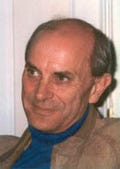
Roger Robinson is a highly-regarded writer and historian and author of seven books on running. His recent Running Throughout Time: the Greatest Running Stories Ever Told has been acclaimed as one of the best ever published. Roger was a senior writer for Running Times and is a frequent Runner’s World contributor, admired for his insightful obituaries. A lifetime elite runner, he represented England and New Zealand at the world level, set age-group marathon records in Boston and New York, and now runs top 80-plus times on two knee replacements. He is Emeritus Professor of English at Victoria University of Wellington, New Zealand, and is married to women’s running pioneer Kathrine Switzer.
